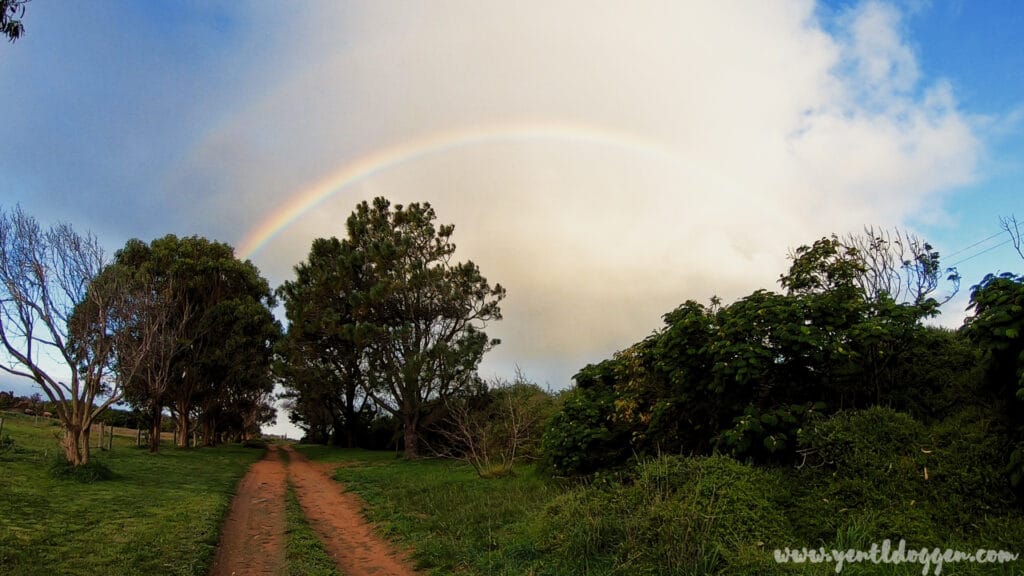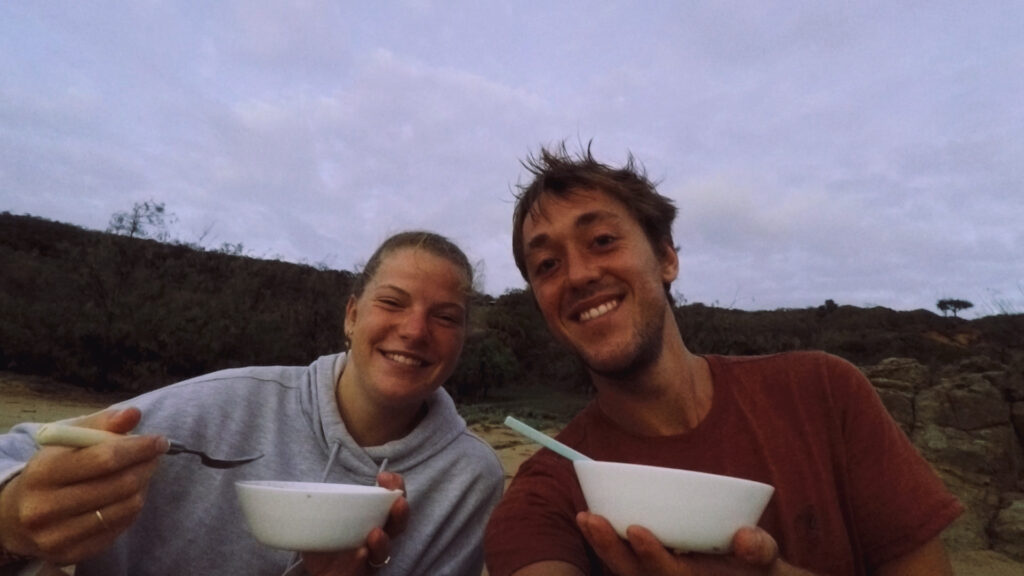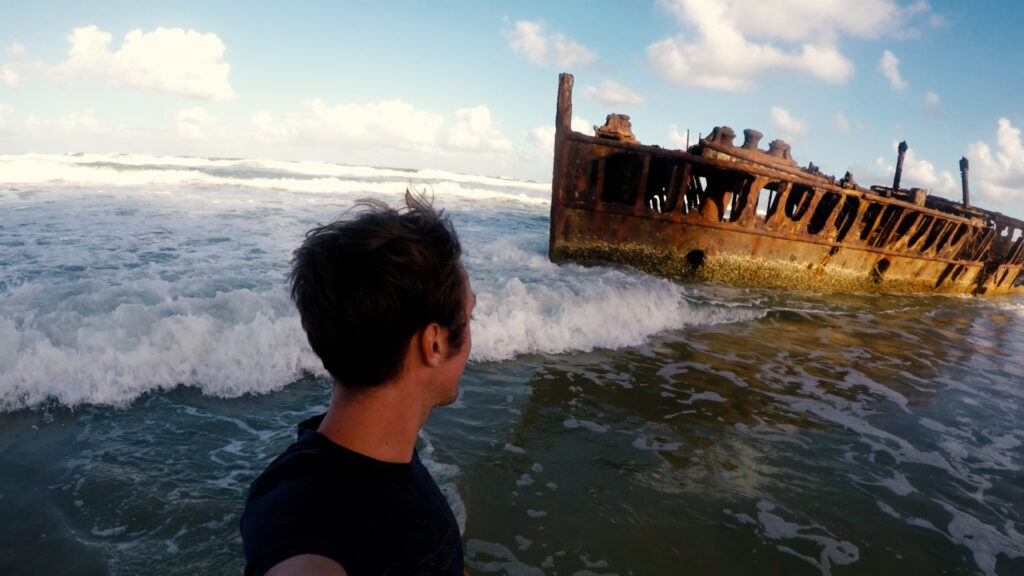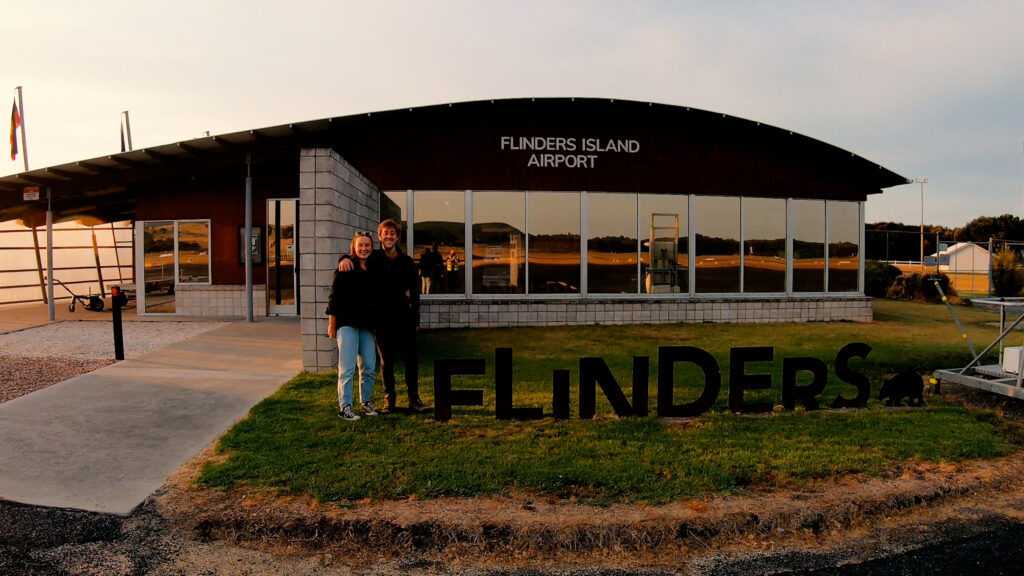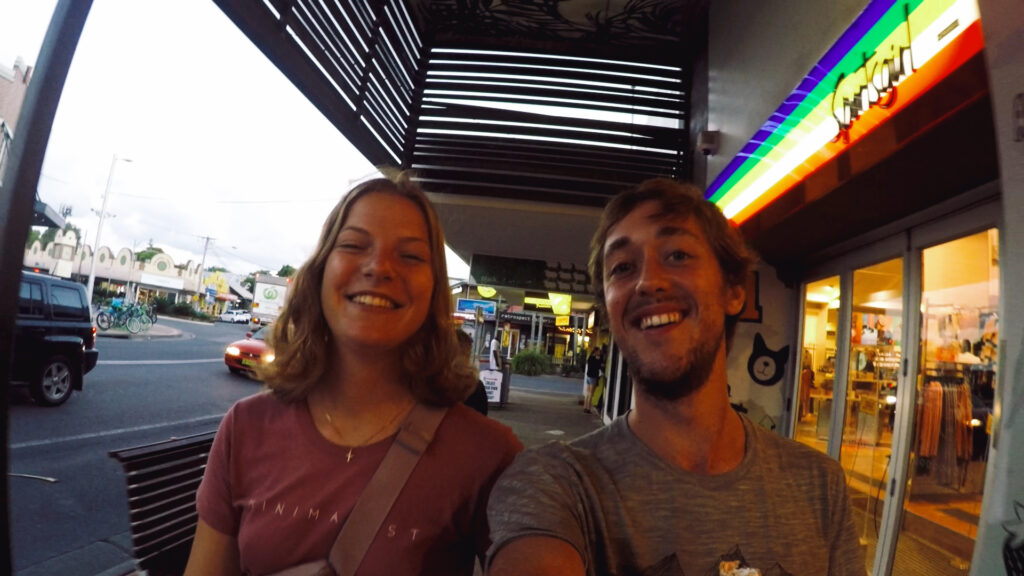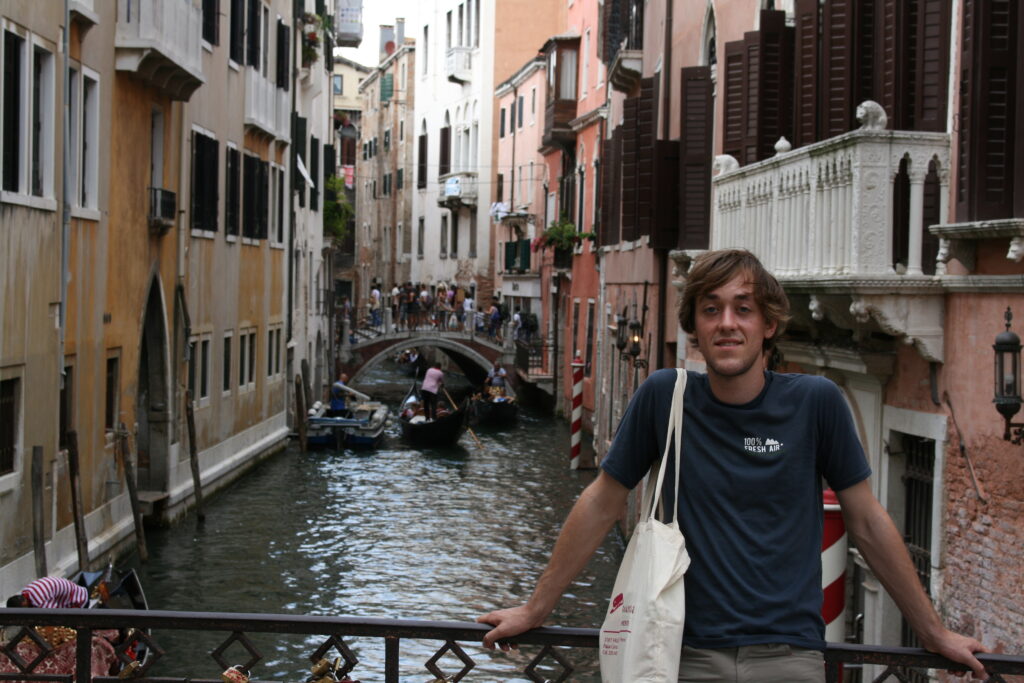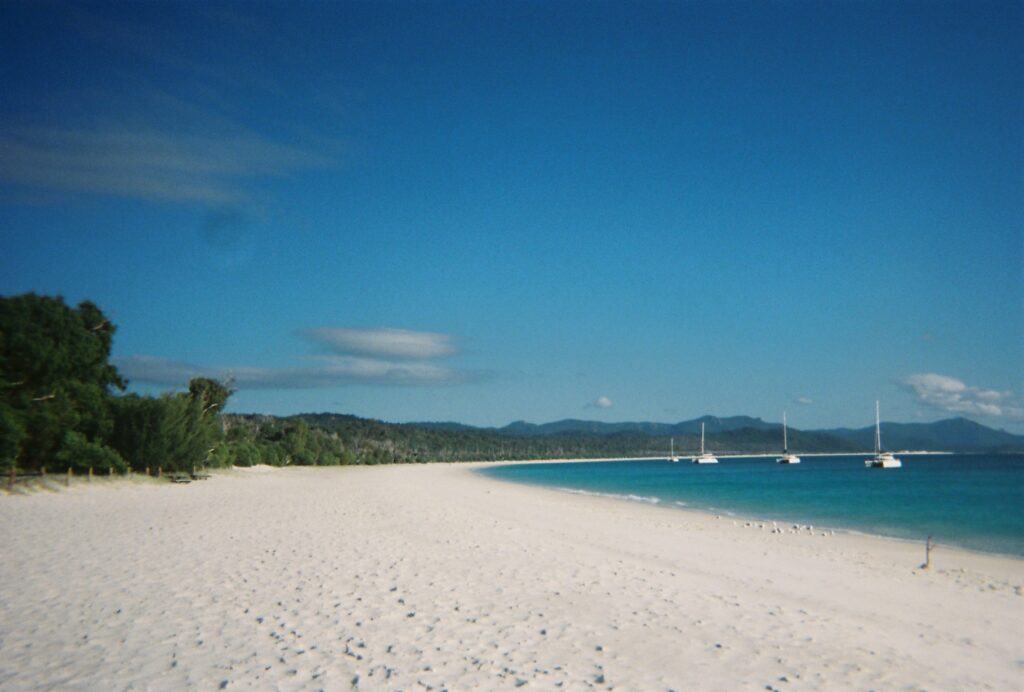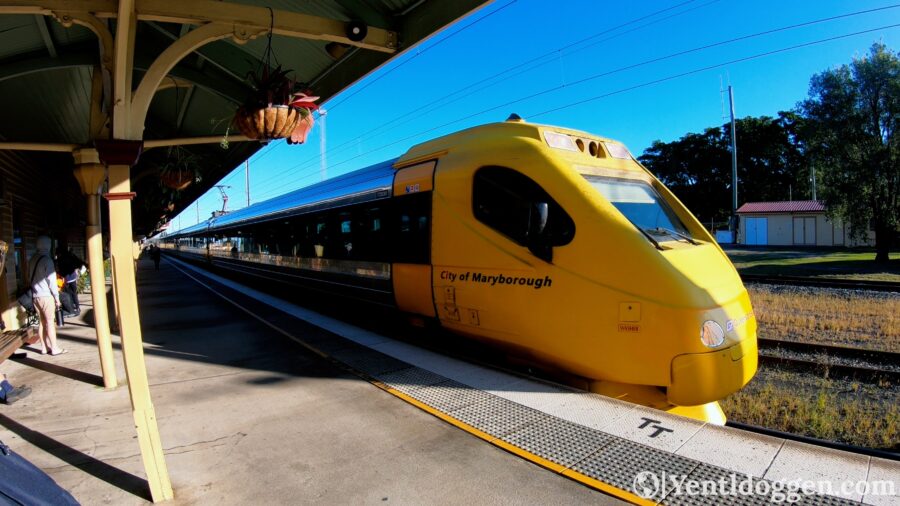travel, Travel Guides, Travel Tips
What exactly do I take for a trip around the world? | Backpack Content
In the weeks leading up to leaving Belgium, I had many questions concerning the gear I would take with me. What exactly do I take for a 7-month journey around the world? I had to make a wise selection with limited space in my backpack. I have both hot and colder destinations planned, and preferably, all my gear will be adaptable in both climates.
I’ve been researching and planning the contents of my bag for a couple of months now. Usually, with a scale next to the backpack to weigh everything. There is no fun in carrying a heavy load around all the time! The lighter the pack and the gear, the easier it will be. I promised I would write a list as soon as I’m on the road, and here it is! What is in my Backpack?
Backpack (2900 g)

While I already had a great travel backpack, I decided to renew it, upgrading to this 65-liter Deuter Aircontact backpack. I had used the other bag on all my European trips, so a new one, like this one, would be suitable for this 7-month journey. I went for Deuter this time. Travellers sometimes say the D in Deuter stands for durability. Which is everything I needed for this trip 🙂
Camping Gear (2790 g)
I’m not planning to camp a lot on this trip. Most of my time, I’ll be going from hostel to hostel. It’s different from my Europe trips because I camped all the time. That is also the reason that I decided to bring camping gear. It gives you that extra freedom; you never know when you need it! If I end up somewhere without any cheap accommodation or want to make an overnight trip, it’s good to have it in my backpack. Camping gear can be heavy, so I spent a fair amount of time deciding what equipment best suited me. Not too heavy but not too light that it breaks halfway, and this is the outcome!

When owning a sleeping mattress, I always opt for Therm-a-Rest. I’ve tried many brands for my travelling and festivals over the past couple of years. The only brand that always survived was Therm-a-Rest. At only 333 grams, the NeoAir Xlite is by far my favourite one! I’m bringing the one I bought for my trip around the Baltic States.

The Columbia sleeping bag I used over the last few years was exceptional. Unfortunately, I used it too much, and it can’t come this time. I was happy with the Therm-a-Rest sleeping pads, so I tried their sleeping bags. In my backpack will be their Space Cowboy model. It weighs about 600 grams and should keep me comfortable until 7 degrees Celcius or 45 Fahrenheit! Therefore it should work for all my warmer destinations.

The above story is sadly also true for my tent. I already have a great one at home, but it is slightly too heavy and used a lot! As inspiration in searching for a tent, I looked at what the Pacific Crest Trail hikers use. They carry their tent from Mexico to Canada, so it must be lightweight and durable. Eventually, I bought the Big Agnes Copper Spur HV UL1. A one-person tent, at only 1 kilogram. I haven’t used it yet, but I’m sure it will suit me!

It’s my first time travelling with a pillow in my backpack. Usually, when I’m camping, I just put my head on my bag. And, if the hostel pillow is not good enough, I just put some clothes underneath. Many struggles for something as easy to solve with a cheap and lightweight pad! The 150 grams Airhead from Therm-a-Rest will be helpful, I’m sure!

It’s my first time travelling with a pillow in my backpack. Usually, when I’m camping, I just put my head on my bag. And, if the hostel pillow is not good enough, I just put some clothes underneath. Many struggles for something as easy to solve with a cheap and lightweight pad! The 150 grams Airhead from Therm-a-Rest will be helpful, I’m sure!
Rain Gear (560 g)

If I had the choice, I wouldn’t take any rain gear on my trips. Sadly, I can’t control the weather yet, which is unavoidable. I had to buy a new raincoat and went for the Venture model from North Face. Nothing exciting, but it should keep me dry when I need it. My rain pants are still the same ones I bought long ago in Decathlon. I tested my rain gear in the shower, and they kept me dry! Yes, no joke, I am serious about bringing the right equipment!
Footwear (2680 g)
Shoes are a very personal thing to bring on a backpacking trip. I’ve come across people who only have one pair, and I met people who have brought five sets. I usually leave with two pairs of shoes. Of course, one of the pairs is walking shoes for extra support while carrying my backpack. They also come in very handy on long walking days. The other is a pair of sneakers to wear in the evenings or whenever I am not walking. I went with a backpacker classic for the walking shoes: the Lowa Renegade. My sneakers are just casual Adidas shoes. On previous trips, I brought All-Stars, but these are a bit heavier than the Adidas. Because I also go to Australia and spend some time on the beach, I got water shoes from Decathlon.



Clothes in my backpack ( 3350 g)
I did plenty of research on clothing. It was almost an obsessive search to get what I wanted. I wanted to take only a few, so what I brought had to be perfect. Firstly, they should at least last me the whole trip. Secondly, they can’t start smelling after wearing them one day. Thirdly, my clothes have to be fast drying. Fourthly, they have to be lightweight! Yes, it was an extensive search, but I found everything I was looking for in the clothes in my backpack.

My jacket was a tip from my mum, the Trek 500 from Decathlon. It’s lightweight at 450 grams but comfortable until at least 0 degrees Celcius. The jacket comes with a bag that makes it easy to pack it away as small as possible. I’ve tried it for a while in winter Belgium, and it was perfect for bringing on this trip!

I take two fleeces on this trip. Both of them are MH120 from Decathlon. It’s not that I love Decathlon; a lot of their gear doesn’t suit me well, but the equipment that does has proven to be great. One of these fleeces I still carry from my first backpacking trip to Scandinavia. They are fast-drying, light and durable.

The golden trio of my trip! I only bring three t-shirts this time, which should last me the whole journey. I’ve researched this over and over, and this will work. Made from Merino Wool, these Icebreaker t-shirts are just great. They are super light, dry fast and don’t smell at all. Merino Wool doesn’t take any smell. They were expensive, so I hope they will be very durable too. We will find out!

Talking about Merino Wool and Icebreaker, the same goes for my underwear. I’ll take 6 of them, which should last me twelve days max before having to do the washing. That might sound weird; I also usually change them every day. This wool is just the best, though! I’ve tried them for the last few months, and they did great! I don’t want any other underwear for the rest of my life.

I’m not overdoing it when I did plenty of research. The same goes for my socks. I needed socks that allowed me to walk for long days without replacing them every month. I came across a brand many hikers use in the mountains around Europe. Falke TK-2 should give me everything I need in socks.

These are another Decathlon backpacker classic; fast-drying and lightweight towels. These have also proven to be very helpful while travelling. And as a bonus, they are pretty cheap! I brought two, not because I needed two, but because I always needed to remember them. After showering, they go on the line, and I only realise they are still in the line in the next hostel. Yes, I’m speaking from experience.

Two Patagonia shorts to finish this list. One is just a regular short, and the other can get extended into full pants when needed, essential for colder weather and temples where you need to be covered. These are amazing as they also don’t smell and are hard to get dirty—a very convenient thing to take, as you can’t go pantsless. They are fast-drying, so on my last trip, I just brought one.
Extra’s (2400 g)
The extras are the extra everything you should take on a trip. Some things are essential for everyone; other things are personal preferences. I’m talking about the stuff going from cameras to your passport. It is beneficial to take a travel adapter as some countries have different power outlets. This speaks for itself. Everybody brings other things and knows what they think they will need. It’s easy to overpack this in this section, so before getting these items, you should ask yourself, will I use this in the next few weeks? If not, leave it at home. You will be better off buying things that you will only operate after 5-months in your trip after those five months. No point in carrying them everywhere you go.



Total weight:
The total weight of my backpack is 15 kilograms. It’s perfect for me because that is what I wanted to have. It’s less than a quarter of my weight, making it a good amount to carry around. I also bought packing cubes, and I can only recommend them. The extra weight doesn’t compare at all with the conveniences they have. My camping gear goes on the bottom, as I will only use them sometimes. Electronics in the side pockets are always handy to carry close, and the extra is on top. You don’t need to get all your clothes out to brush your teeth!
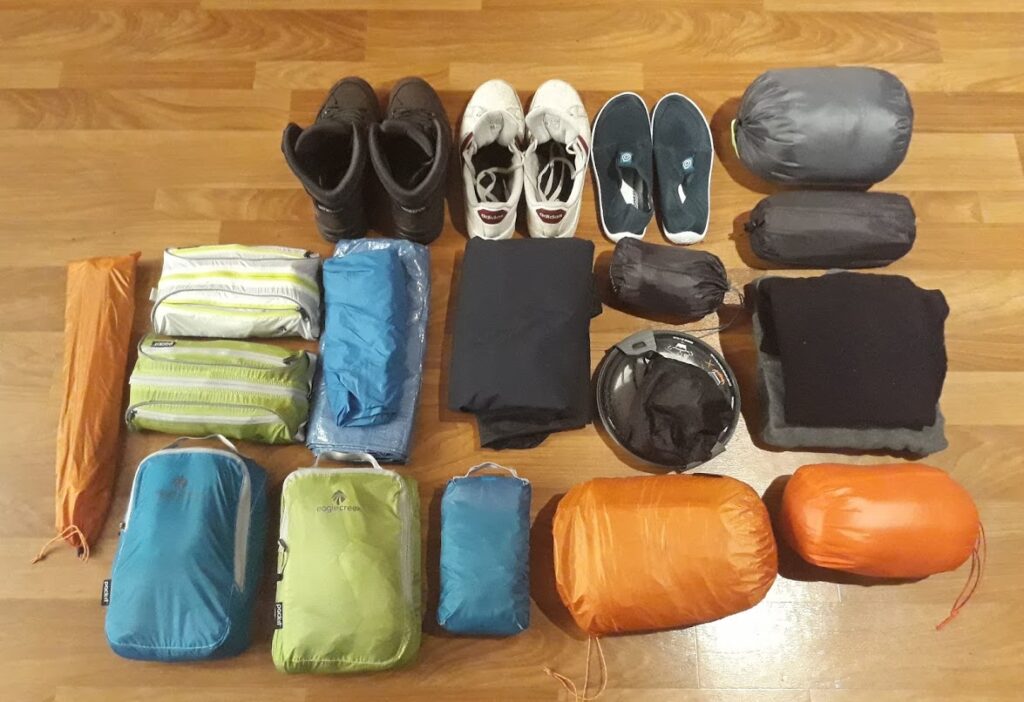
Are you enjoying our travel tips and tricks section? Please let us know in the comments below! If you need help or have questions about exploring this fantastic world, check out our travel guides or contact us through the contact page. We are happy to help with all your travel needs and questions! For more inspiration, ensure to check out our blogs and vlogs! To keep up-to-date with future adventures and travel guides, follow us on Facebook and Instagram, or subscribe to our newsletter. We can’t build this platform without our readers, so we thank you for your continued support. Stay tuned for many more adventures to come!


